We’re doing a year’s worth of Alabama field trips to study our history in a hands-on fashion. For an introduction to what and why we’re studying Alabama History, click here.
We haven’t moved on from dinosaurs just yet, because I wanted to take my kids to experience The McWane Collection. Housed inside The McWane Center, our local Science/Discovery Museum, most members don’t even realize The McWane Collection exists. It includes nearly a half-million specimens and artifacts related to the natural history of Alabama, hundreds of thousands of which are fossils, all neatly cataloged in these fascinating cabinets.
Although this area of the museum is not open to the public (for obvious reasons – I mean, look at that gorgeous organization), I was fortunate enough to get to hear about it a few years ago at a Blogger event, so I emailed McWane’s Education Department and asked if my kids could get a quick overview to go along with our history program. We were able to chat with Jun Ebersole, the Director of Collections, who provided us an exciting and quite educational overview of the geological finds in Alabama.
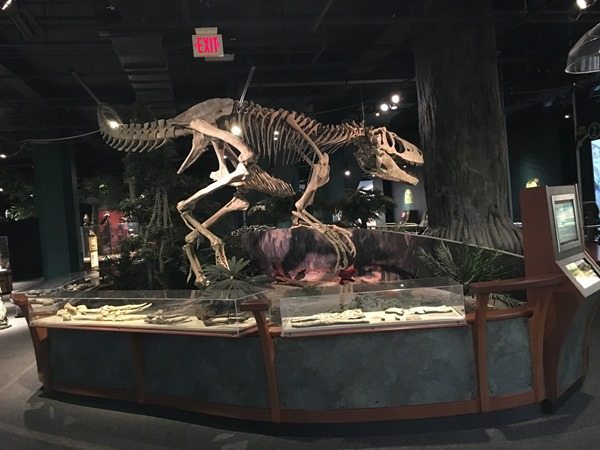 This guy is related to a T.Rex, but has longer arms and a smaller head. Clearly Alabama has superior dinosaurs.
This guy is related to a T.Rex, but has longer arms and a smaller head. Clearly Alabama has superior dinosaurs.
He explained the geological map of Alabama, showing that the green/yellow sections are where dinosaur bones can be found, and making it sound really easy. He said he found one set of bones for a previously undiscovered species along the side of a road, and another just sticking out of the creekbed!
Jun explained to us that all the dinosaurs being found in Alabama are new species, and one recent discovery was a new species and genus.
Being one of only two active Paleontologists in our state, his job sounds pretty exciting – he got to name the above genus and species, and is currently working on proving that another set of bones found are a new species.
A lot of the bones found in Alabama are aquatic, and including giant turtles and menacing fish. Those creeped Ali out a bit more than dinosaurs. Personally, I’d rather meet a giant turtle than a dino, but whatev.
There is plenty of fantastic information about Alabama’s prehistoric period in the public part of McWane Center, so it is definitely worth putting on the Alabama History visit list, even though the collection is unavailable to the public (but you can peek through the window and see the work in progress, which is pretty fun.)
We’re now determined to find a new species of dinosaurs ourselves, especially since Mr. Ebersole assured us that Alabama is THE place to find fossils right now – we have more than any other state east of the Mississippi River.
He recommended that we go on a field trip with the Alabama Paleontological Society who regularly goes to fossil sites, as well as visiting Shark Tooth Creek, where you can reach in the creek and pull out a handful of shark teeth. (And also, here’s more information to setting up a field trip at McWane Center.)
I KNOW you all want to come visit Alabama to discover dinosaurs now, right??
Here was Ali’s report:
After this trip, we decided it was time to start our giant Alabama map to document our journeys. Because you can’t do Alabama History without a giant map – it’s just not right.
I got a large foam board and Chris just so happened to have an obsolete-to-his-job giant map of Alabama and its counties. We traced over the top of the map with the foam board underneath,
Which left an indentation that could then be marked over with a sharpie.
We then marked the cities we had visited so far (again using the county map to approximate their location,)
And added the dinosaur bone belt after that.
As we progress in our studies, this map should get quite crowded.
We will visit our week three field trip in my next post, but on week four, we returned to the Cahaba River for some fossil hunting. Based on where we (and the Cahaba) fall on the geological map of Alabama, we knew we would only find plant fossils, but they’re still exciting to discover.
And all rocks are still fun to smash.
The river was really low, so slate was easy to come by and we found several different plant types. Many imprints were so clear that you could see the veins in the leaves, so the trip doubled as science, since we’re studying Botany.
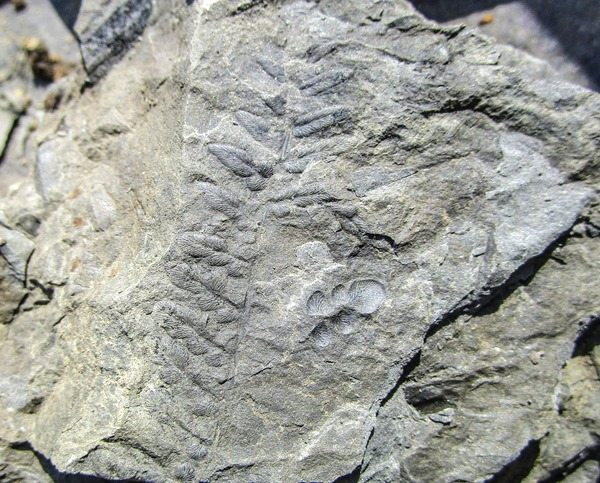 Was this plant vascular or non-vascular? A monocot or a dicot?
Was this plant vascular or non-vascular? A monocot or a dicot?
We also found these clay bowls, because we always find something random at the river.
I felt sure they were our cousin’s, who I know come to this part of the river and their grandmother is a fantastic potter. But I checked, and no – they did not claim them. So if anyone lost any bowls by the river, they’re still there.
As we were winding down, Ali, who was rock climbing and stone skipping,
screamed and ran toward us.
“I just saw the hugest spider!! He was SO hairy!!!!!”
“Where? Is he still there?”
She led us over and indeed – the thing was literally bigger than a tarantula – about the size of Ali’s hand, not that Ali’s hand was getting anywhere close to her.
I say “she” because she very obviously had a large egg sack underneath her body.
She was amazing. I mean, I had no desire to pick her up or get within touching range (why touch other creatures anyway? I wouldn’t like it if some giant came up and petted me), but as a shockingly huge creature the size of which I didn’t know Alabama possessed, she was a beauty.
I tweeted a picture to my favorite wildlife expert @AlongsideWild who directed me to his BSF (best spider friend) @Cataranea who identified and sent me information on her: She is a Fishing Spider. As in, she catches and eats FISH.
How incredible is that?
Furthermore, she can walk on water despite her enormous size, and while she has her egg sack, she doesn’t eat the entire time because she’s actually holding that egg sack in her jaw. Eventually, she creates a nursery web and puts her egg sack in it for the final incubation / infanthood, so although she’s an exceptionally good spider mom, she’s not into the whole attachment parenting thing. But she does stand guard until they emerge from the egg sack.
I know, I know. Some of you are going to be very upset with me for subjecting you to unrequested massive spider pictures. But nature is fascinating. Even when it’s scary. There’s no reason to not appreciate all of it. No need to be brave enough to pick it up – it doesn’t want to be picked up anyway. Just observe and study in wonder.
(At least that’s what I’m trying to teach my kids.)
(But you can still hate me if you need to.)
Here’s Ali’s report about fossil hunting:
For those of you studying Alabama History along with us, we’re also doing a lot of reading and book reports to go with our field trips. Here’s a fantastic list created by my friend Carla Jean Whitley of high-quality children’s books about Alabama History:
She put a lot of time into scouring the libraries and finding books that were well-written and thought-provoking, so be sure to save her article for future study reference.

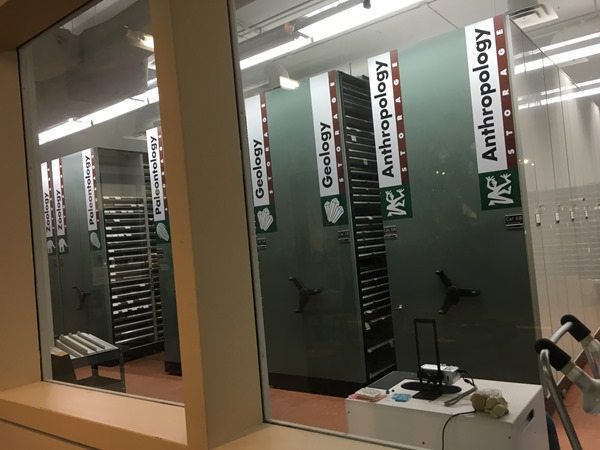
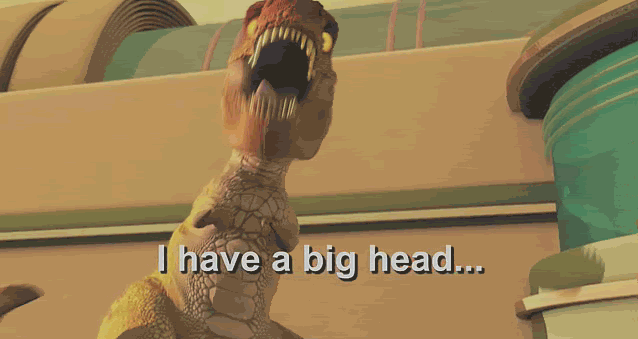
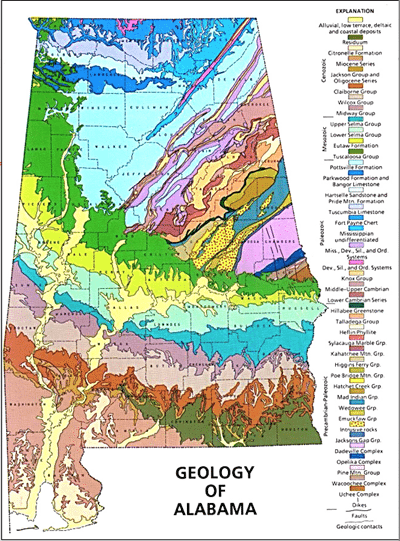
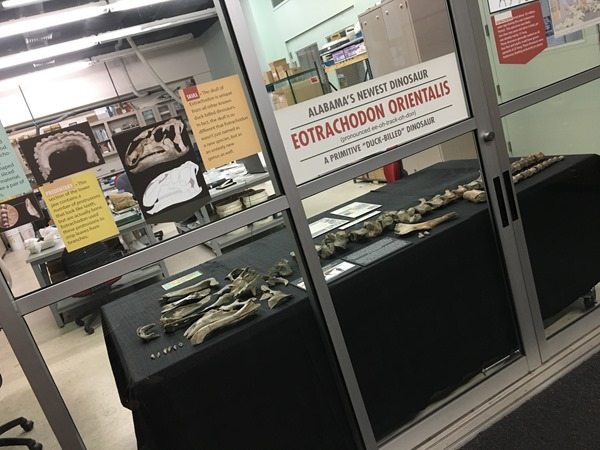
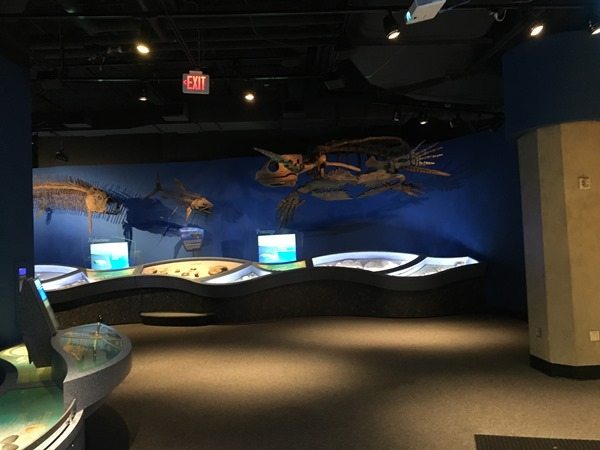
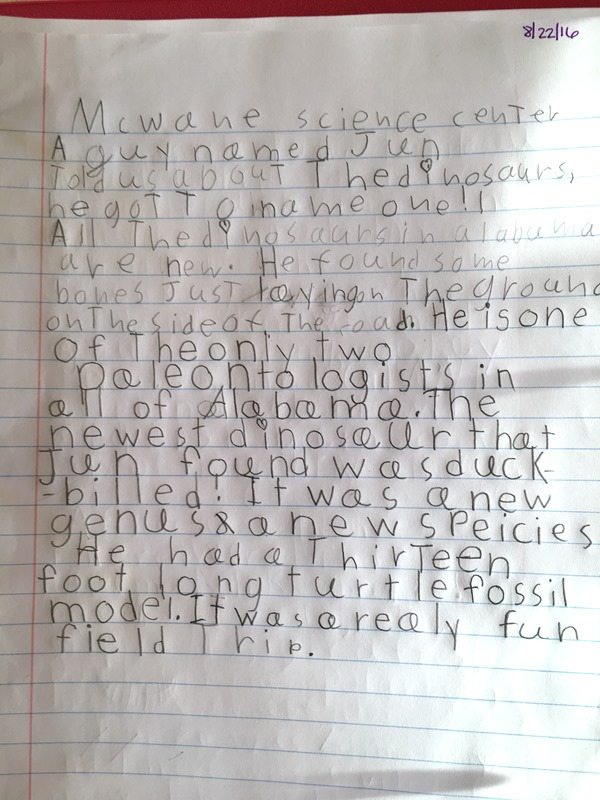
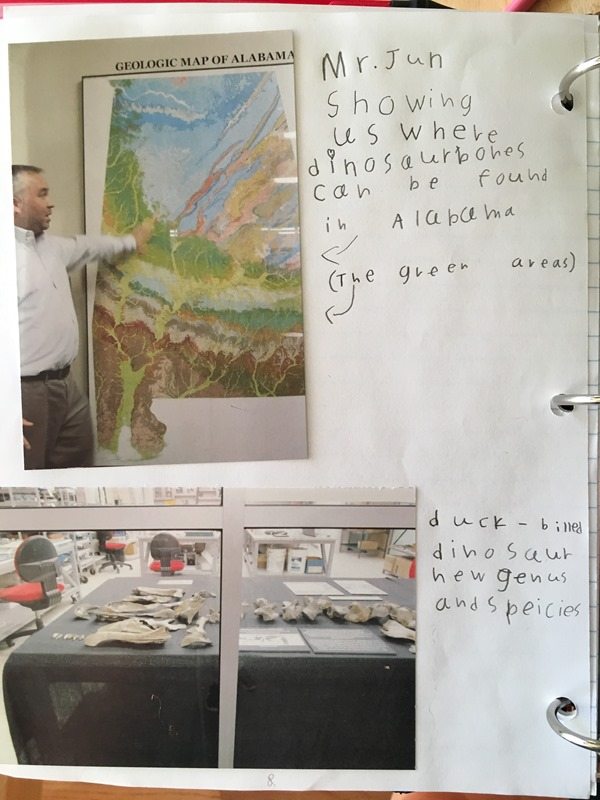
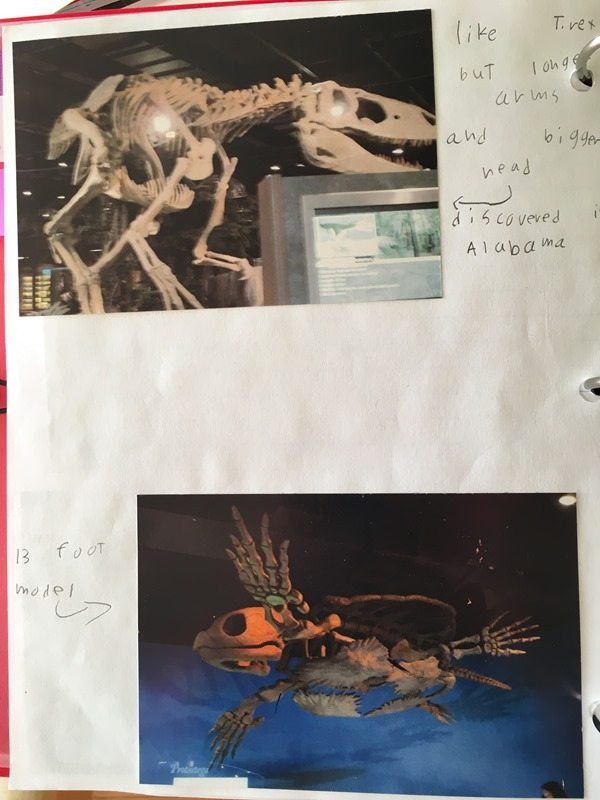
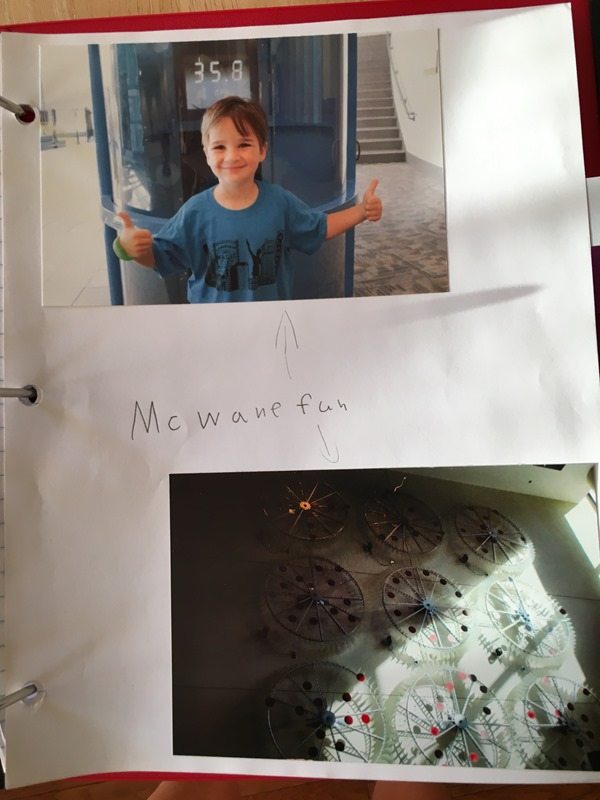
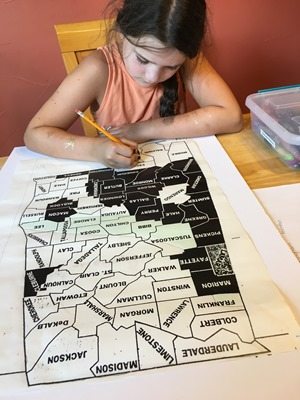
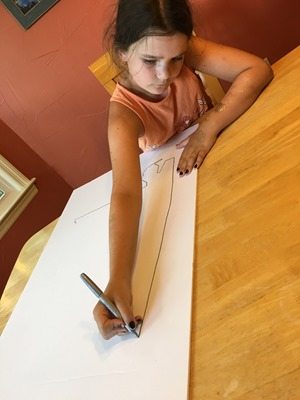
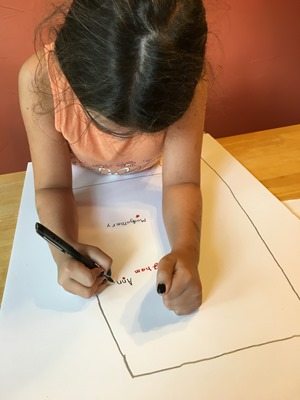
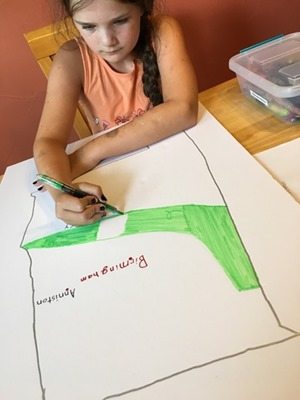
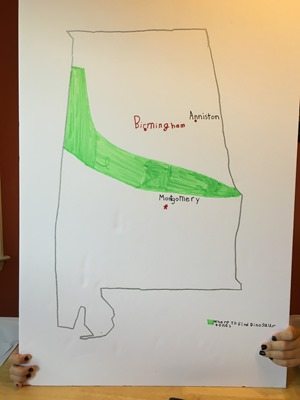
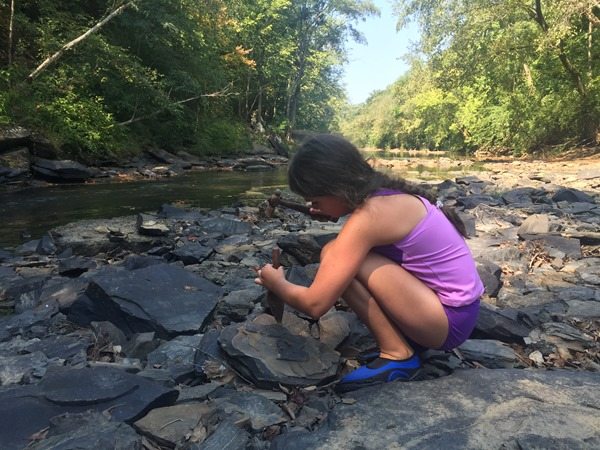
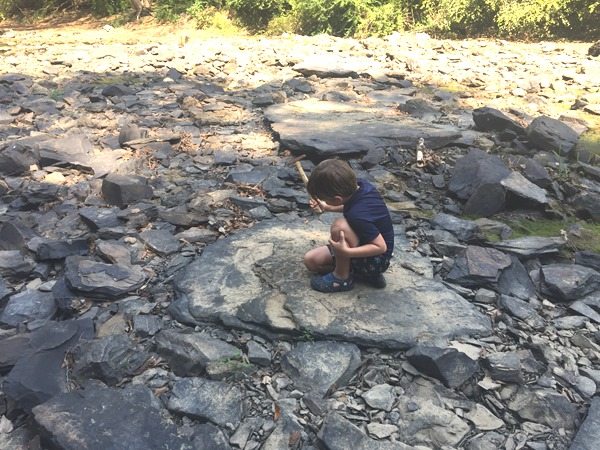
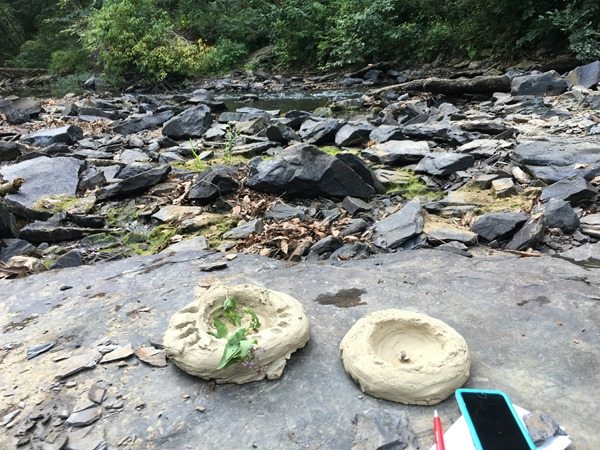
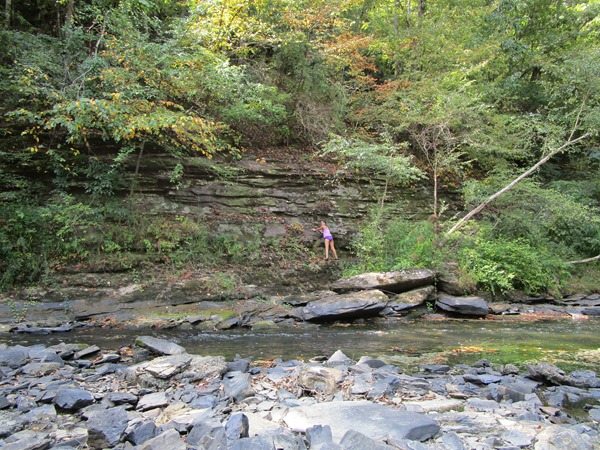
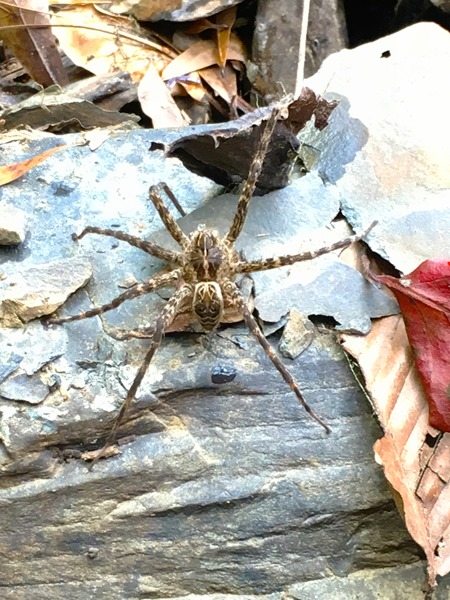
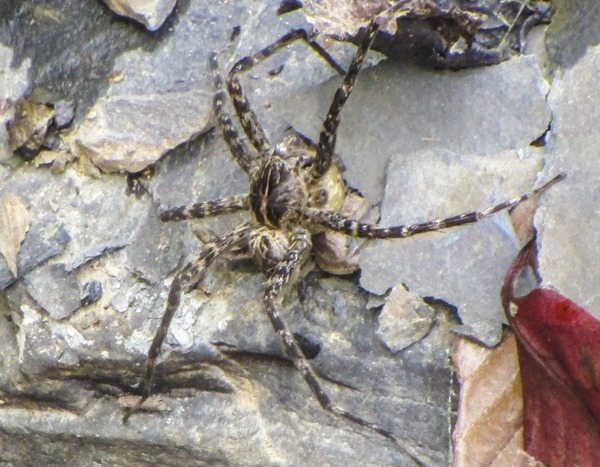
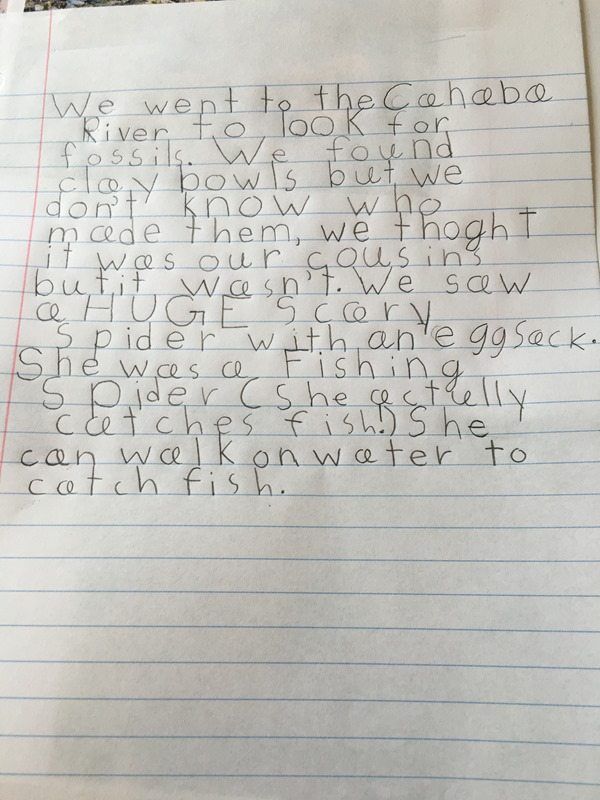
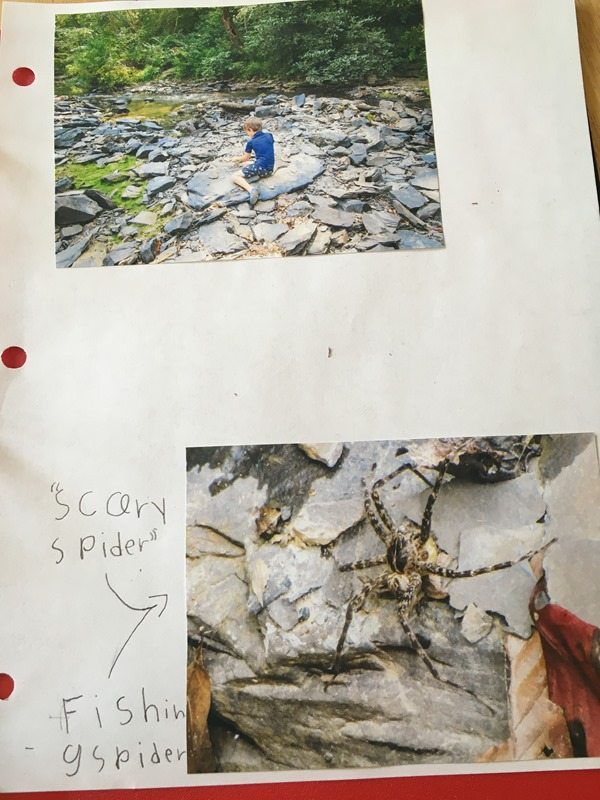
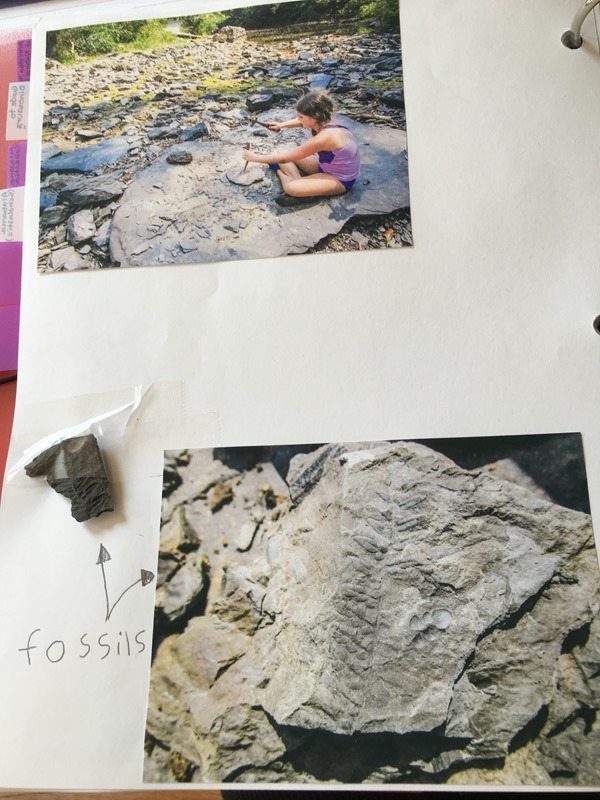
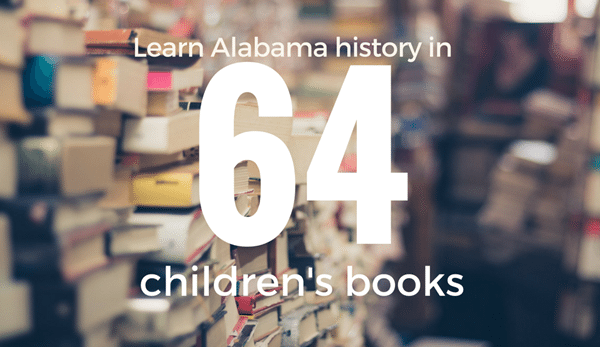
I want to come on your field trips! They sound like fun! I don’t homeschool, I don’t think I have the patience, but it looks like a blast & makes history much more fun.
Ok you are totally winning at state history! Did you see that all 4th graders and their families get free admission to state parks for the year?? I wish I were more adventurous and would get out and do stuff like this with my kids! Maybe when E is this age and I don’t have three other little ones to drag around. :P
So very cool! I need to start looking for these kinds of resources near me. My kids are finally getting old enough to actually be interested in this stuff. My daughter would have gone crazy for the 13 foot turtle! :)